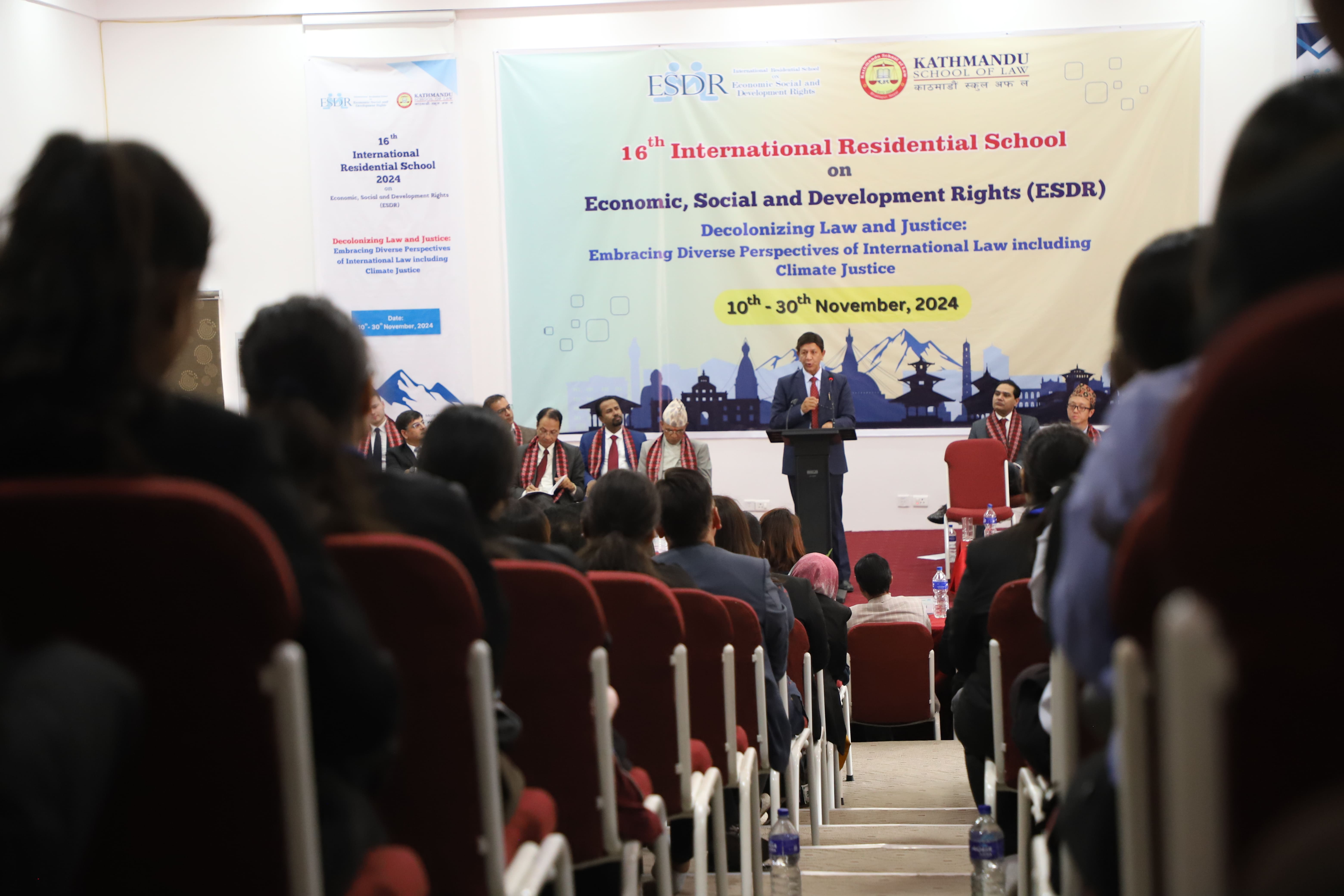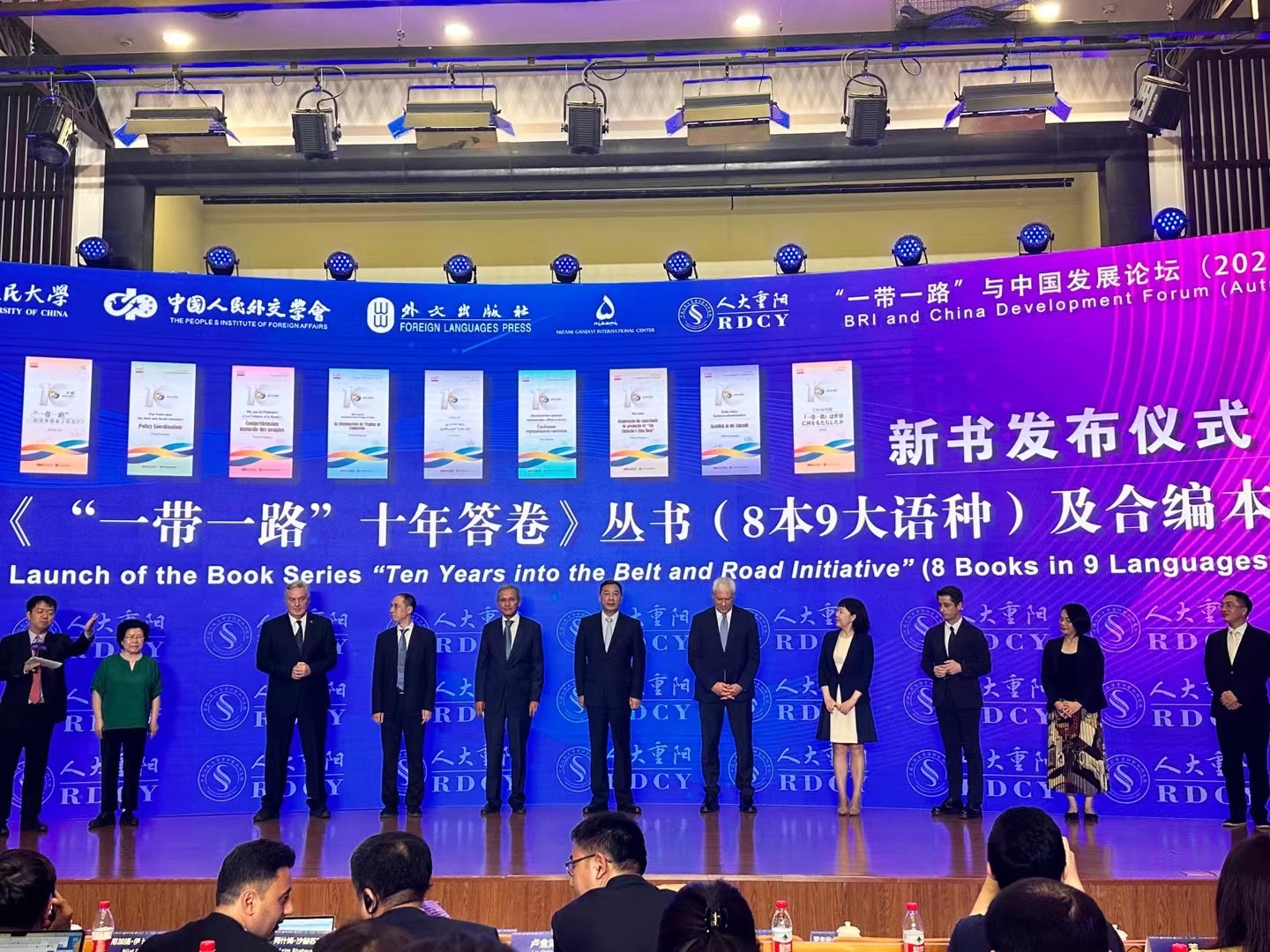



Results of 10 Years of the Belt and Road Initiative (BRI) Summarized in 7 Books by Renmin University of China
What is the Belt and Road Initiative (BRI) and What Does China Aim to Achieve?
In 2017, President Xi Jinping declared that the BRI is designed to align with the developmental strategies of all participating countries, aiming for shared growth and prosperity through pragmatic collaboration. Over 200 countries and organizations have voluntarily joined the project. Germany and Western countries are also invited to participate. The BRI is not a Cold War-style initiative opposing the West but rather a project for the common future of humanity based on cooperation. Key principles include fostering friendship among nations and placing people at the center of BRI development.
The BRI is not limited to infrastructure connectivity; it encompasses the liberalization of trade and investment facilitation and promotes people-to-people exchanges. It seeks collaboration in fields such as science, technology, education, healthcare, and culture, emphasizing industrialization, digitalization, and modernization. The Chinese modernization concept offers new opportunities for collaboration, even for countries participating in the BRI. The initiative aims to leave behind Cold War mentalities and shape a new era. Claims by Western media and politicians that China is imposing its values globally are far removed from reality. The BRI emphasizes people-to-people exchanges in education, culture, healthcare, tourism, science, agriculture, environmental protection, and gender equity. It firmly rejects the notion of cultural colonization.
People-to-People Exchange as a New Concept
In a globalized world increasingly dominated by concepts such as the "Clash of Civilizations," the BRI aims to unite the hearts and minds of diverse ethnic groups to foster a shared future for humanity. Since 2015, student exchanges under the BRI have facilitated cultural understanding. The Chinese Ministry of Education has signed agreements with 24 BRI partners for mutual degree recognition and educational cooperation. Before the pandemic, 500,000 students from 200 countries, including over half from BRI nations, studied at 1,000 Chinese universities. In 2017, youth meetings involving 200 representatives from 10 countries were held, and 2,000 women in 98 countries received specialized training. Additionally, over 100 seminars have been organized with equipment provided by China.
To generate skilled labor in BRI countries, Chinese vocational institutes have established more than 20 workshops in Southeast Asia and Africa, training local workers. Delegation trips involving students and educators to China (1,600 visits in the first half of 2021 despite the pandemic) have also been organized. Language training and communication are facilitated through partnerships with Confucius Institutes (450 worldwide) and Confucius Classrooms (1,000 globally). Tourism has been actively promoted in alignment with BRI characteristics, including cultural exhibitions and individual tourism projects. From 2016 to 2020, 150 million Chinese tourists generated $200 billion in revenue, visiting BRI projects to witness the interconnectedness of people-focused initiatives.
Public Health Initiatives: The Health Silk Road
China has launched three medical cooperation networks: the Belt & Road Public Health Cooperation Network, the Belt & Road Health Policy Research Cooperation Network, and the BRI Hospital Cooperation Alliance. These initiatives include training local medical personnel and providing equipment to improve healthcare. During the COVID-19 pandemic, China delivered over 2 billion vaccine doses to 120 BRI countries and organizations in 2021 alone.
Cultural Understanding
The BRI emphasizes cultural exchange and mutual learning to promote cultural prosperity and the ability for nations to live according to their own traditions. Exhibitions, film festivals, art showcases, book fairs, and music festivals are among the many events organized. Film, radio, and book productions further cultural understanding, supported by entities such as the International Alliance of Museums of the Silk Road and the Silk Road International Library Alliance. A notable joint project, "Silk Road: The Roads Network of the Chang'an-Tianshan Corridor," developed by China, Kazakhstan, and Kyrgyzstan, is now a UNESCO World Heritage Site.
These results demonstrate that the Belt and Road Initiative has transcended infrastructure to encompass deeper connections across cultures, education, healthcare, and mutual understanding, fostering a new era of global collaboration.
扫码关注